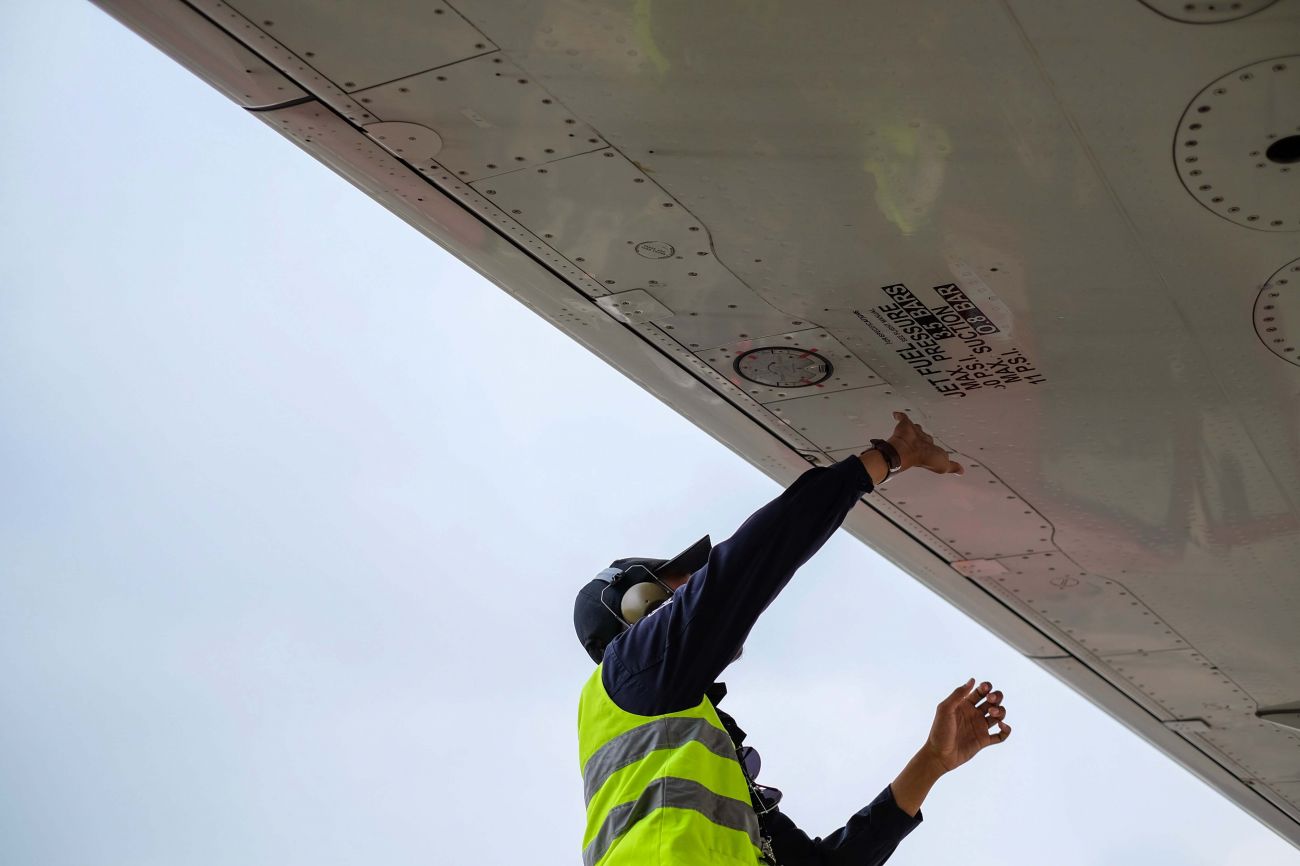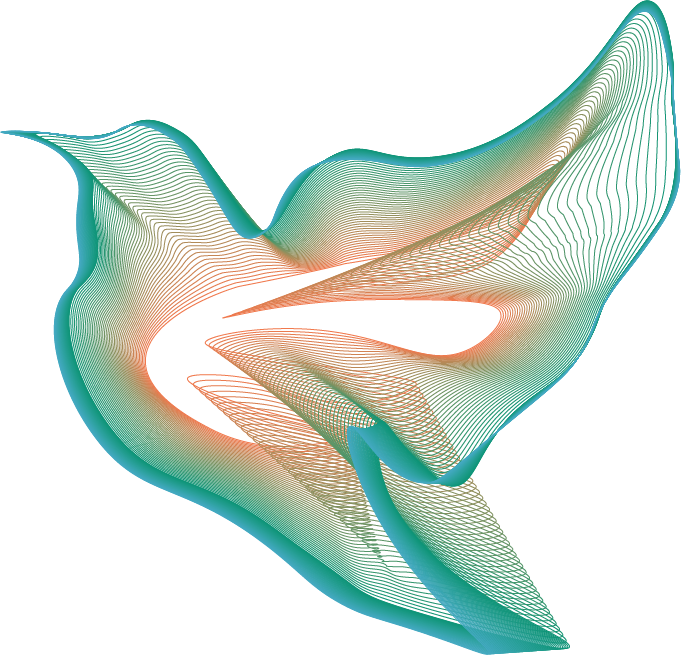
How 3D Printing Will Continue to Change the Aerospace Industry

The last few years have seen the lightning-fast adoption of several game-changing technologies. Whether it’s the potential of graphene in material sciences, the promise of unlimited cheap power from the sun thanks to solar panels, or the paradigm shift of 3D printing in manufacturing, our world might never be the same.
And since we’re talking about sky-high dreams, we might as well turn to the aerospace industry for proof of what 3D printing has to offer.
Understanding the Fundamental Advantages of SLS
Selective laser sintering, or SLS, is a relatively new addition to the quickly growing repertoire of 3D printing techniques. It’s so new, in fact, that it’s still being primarily used to generate prototypes quickly or in low-volume production runs. Experts anticipate that SLS adoption will continue to improve, and we’ll keep finding new ways to use it, as the commercialization of 3D printing, in general, continues.
In the meantime, there are some crucial advantages of selective laser sintering that are worth understanding as we ponder bringing this type of additive manufacturing to aerospace:
- Parts manufactured using SLS are more resistant to a variety of chemicals, are stiffer than traditional materials and hold their shape and properties for a desirably long amount of time.
- As the heir apparent to injection molding, SLS improves this critical technology by turning out parts that are more movable and more easily incorporated into a variety of very demanding applications — perfect for aerospace.
- SLS improves upon the fidelity and intricacy of design potential offered by similar additive manufacturing processes. In other words, you can now cost-effectively design and produce ever more sophisticated and complex parts.
Additive manufacturing is here to stay, clearly — the only question is how many industries will be transformed forever when it’s finally affordable enough for more widespread adoption. More and more, it looks like SLS is the standard-bearer for very high-fidelity reproduction of even complex industrial designs.
Now, let’s pivot a little bit and look at aerospace more closely to figure out how SLS can improve the impressiveness of our designs and the efficiency of our manufacturing processes.
Adapting SLS Technology for Aerospace Applications
There’s only a razor-thin margin for errors in aerospace. Consequently, we’ve had to bring some of our most advanced material sciences to the mix to get off the ground — and stay there.
The most immediate opportunity afforded by additive manufacturing, and SLS in particular, is the promise of an ever-lighter airplane and aircraft parts. Gravity, and, therefore, weight, is the greatest enemy of any airborne object — so the lighter we can make these parts, the safer our skies will be.
We’re already seeing dividends — a fact driven home by a 2016 study on the Airbus A350 XWB. The A350 contains over a thousand 3D-printed parts. The result? Fuel savings of 25 percent — and it’s all thanks to shaving off some of the weight of traditionally-produced parts.
It’s not just the raw materials that go into SLS that make the resulting parts so much lighter, either. This sort of magic is also thanks to the consolidation of several small parts into just one stronger, lighter and more robust part. This advantage isn’t exclusive to aerospace, but it’s definitely a welcome development. Why use seven parts when one 3D-printed part can do a better job all by itself?
3D Printing, SLS and Unmanned Aircraft
While 3D printing quietly makes our passenger planes safer and our military planes deadlier, it’s also helping to invent and establish a brand-new offshoot of aerospace science: the unmanned aircraft.
We’re talking about drones — the soon-to-be $127 billion industry that sprang up seemingly overnight. How did it happen? Enough of the components became small enough, and cheap enough, to bring this hobby into the mainstream. Now, we can expect kid-friendly drones to ring the Christmas tree this year.
The most obvious place to start here is where drones come from in the first place. Whereas most of us are used to thumbing through Hammacher Schlemmer catalogs to stuff our stockings with drones, the reality of home-built drones is drawing closer and closer as 3D printers enter more and more hobbyists’ home workshops. In fact, it’s already very possible to download plans for your own remote-controlled drone quad-copter and then print it in the comfort of your own home.
The entertainment and hobby options of the near-future will resemble a kind of magic.
So, too, will the future of warfare. If there’s a symbol of the commoditization of technology, it’s probably the iPhone. Like few other consumer-level products, it has helped make cutting-edge technologies more widely available and affordable to all.
The U.S. Marine Corps anticipates a future where it can manufacture and weaponize drones for the same approximate raw cost as an iPhone. It might be equal parts cool and creepy, but it definitely underscores the fact that the private, public and corporate worlds all have something to gain from the intersection of SLS and aerospace technologies.
What’s Still Holding Us Back?
The cost. However, like other emerging tech sectors, like solar power, 3D printing is seeing its prices fall rapidly. Remember: in just a couple years’ time, we watched 3D printing shift from being a Trekkie’s fever dream to becoming an actually accessible hobby for many of us. That trend continues, with players all up and down the industry enjoying quickly falling prices made possible by a swift adoption.
And when prices fall further, and breakthroughs in 3D printing — like its SLS offshoot — become more cost-effective for aerospace manufacturers to adopt on their production floors, the sky might literally become the proverbial limit.
Why? Because our dreamers are already thinking about skyscrapers built cheaply and quickly by drones hovering over our skylines. Think of what that might mean for our periodic labor shortages in the construction industry — or our enduring homelessness and housing crises? Imagine sending clouds of cheap drones to throw up relief shelters or emergency housing after hurricanes? The humanitarian applications of putting 3D-manufactured drones to work in the world are too important to pass up.
These are real, human problems — and now we’re inventing new tools that could help solve some of them.
Some of the above applications might look like trivialities — or else the next baby steps toward fully automated warfare — but now that 3D printing and SLS technology are reinventing aerospace, some of our dreams might need reinventing also.
This article is from our friend and guest blogger, Lexie Lu. Lexie is a freelance 3D designer and writer. She enjoys working in CAD and always has a cup of coffee in arm’s reach. She owns and manages Design Roast and can be followed on Twitter @lexieludesigner.
